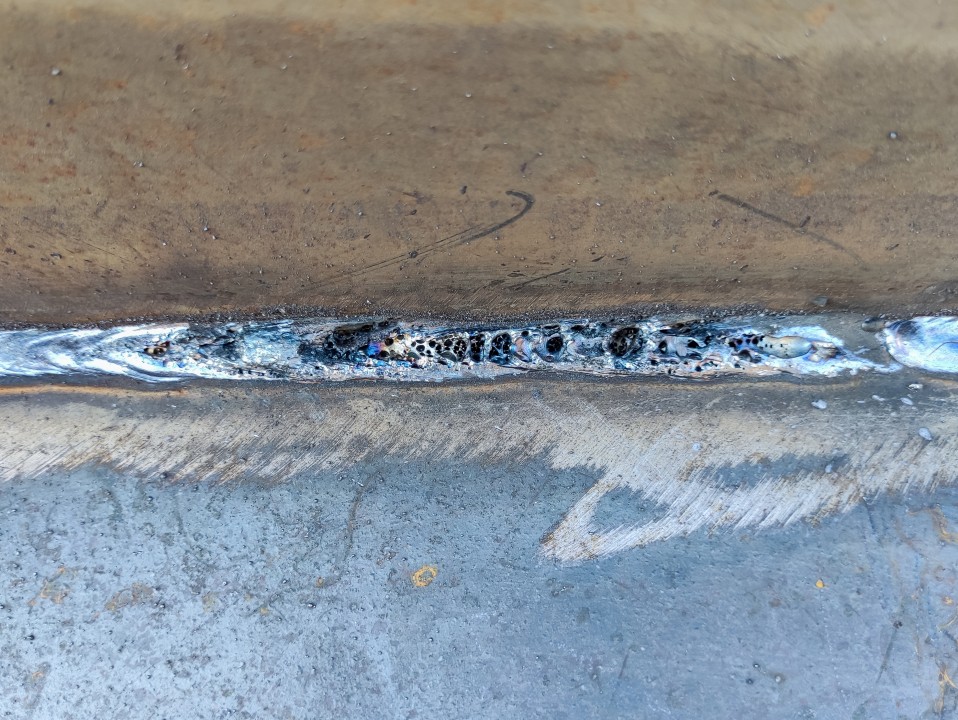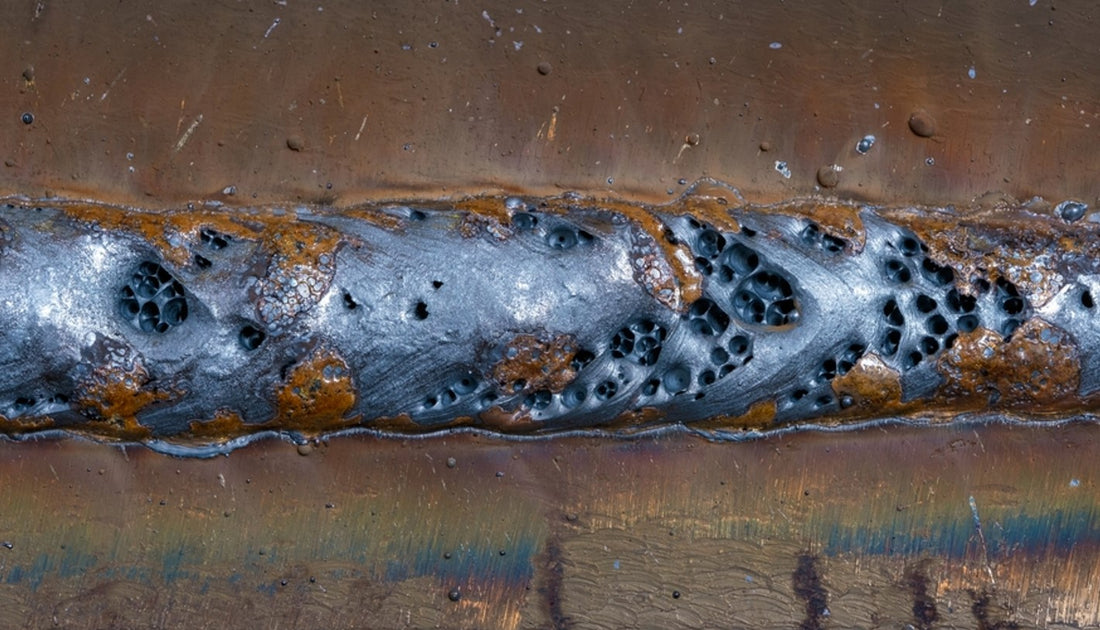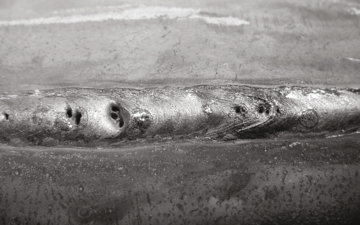Discover What is Porosity in Welding and Its Effect on Structural Integrity
Discover What is Porosity in Welding and Its Effect on Structural Integrity
Blog Article
Understanding Porosity in Welding: Checking Out Reasons, Results, and Avoidance Techniques
As specialists in the welding sector are well conscious, recognizing the reasons, impacts, and prevention techniques connected to porosity is essential for attaining durable and trustworthy welds. By diving into the root creates of porosity, examining its damaging effects on weld quality, and exploring efficient avoidance approaches, welders can boost their understanding and abilities to produce top notch welds consistently.
Typical Root Causes Of Porosity
Porosity in welding is largely brought on by a mix of aspects such as contamination, inappropriate shielding, and insufficient gas protection during the welding procedure. Contamination, in the form of dirt, grease, or rust on the welding surface area, develops gas pockets when heated, leading to porosity in the weld. Inappropriate protecting occurs when the shielding gas, frequently used in processes like MIG and TIG welding, is not able to completely secure the molten weld swimming pool from responding with the bordering air, leading to gas entrapment and succeeding porosity. Furthermore, inadequate gas protection, often because of incorrect circulation rates or nozzle positioning, can leave parts of the weld unsafe, enabling porosity to create. These elements jointly contribute to the formation of gaps within the weld, weakening its integrity and possibly creating structural issues. Comprehending and dealing with these usual causes are vital actions in avoiding porosity and ensuring the high quality and strength of bonded joints.
Results on Weld High Quality
The existence of porosity in a weld can significantly endanger the total quality and stability of the bonded joint. Porosity within a weld creates voids or dental caries that damage the structure, making it extra prone to splitting, rust, and mechanical failure. These gaps function as stress concentrators, decreasing the load-bearing capability of the weld and increasing the probability of premature failure under applied anxiety. Furthermore, porosity can also work as possible sites for hydrogen entrapment, more intensifying the degradation of the weld's mechanical residential properties.
In addition, porosity can prevent the effectiveness of non-destructive testing (NDT) methods, making it challenging to find other defects or stoppages within the weld. This can bring about significant safety issues, particularly in critical applications where the architectural stability of the bonded components is paramount.

Prevention Techniques Introduction
Given the detrimental impact of porosity on weld top quality, efficient prevention methods are vital to keeping the structural stability of welded joints. Among the key avoidance methods is complete cleansing of the base materials prior to welding. Contaminants such as oil, grease, corrosion, and wetness can add to porosity, so making sure a tidy work surface area is important. Appropriate storage of welding consumables in dry problems is additionally important to find this stop dampness absorption, which can bring about gas entrapment throughout welding. In addition, choosing the ideal welding specifications, such as voltage, existing, and travel rate, can help decrease the threat of porosity development. Making sure appropriate securing gas flow and coverage is one more important avoidance method, as inadequate gas insurance coverage can result in climatic contamination and porosity. Proper welder training and certification are crucial for implementing preventive steps effectively and continually. By incorporating these avoidance methods right into welding practices, the incident of porosity can be considerably minimized, leading to stronger and a lot more trusted bonded joints.
Significance of Correct Shielding
Correct securing in welding plays a vital duty in stopping climatic contamination and making certain the stability of bonded joints. Securing gases, such as argon, helium, or a mixture of both, are generally utilized to safeguard the weld pool from responding with elements airborne like oxygen and nitrogen. When these responsive components come right into call with the warm weld pool, they can create porosity, bring about weak welds with decreased mechanical properties.

Inadequate protecting can lead to numerous problems like porosity, spatter, and oxidation, compromising the architectural honesty of the bonded joint. For that reason, adhering to appropriate shielding practices is necessary to produce high-quality welds with marginal defects and make sure the longevity and web link reliability of the bonded components (What is Porosity).
Surveillance and Control Approaches
Just how can welders efficiently keep an eye on and manage the welding process to make sure ideal outcomes and stop issues like porosity? One trick approach is through using sophisticated monitoring modern technologies. These can include real-time surveillance systems that supply comments on parameters such as voltage, existing, take a trip speed, and gas flow rates. By continuously checking these variables, welders can determine discrepancies from the excellent conditions and make immediate modifications to avoid porosity formation.

Furthermore, applying correct training programs for welders is essential for keeping an eye on and controlling the welding process properly. What is Porosity. Enlightening welders on the significance of keeping consistent parameters, such as proper gas securing and travel speed, can aid protect against porosity problems. Regular analyses and qualifications can likewise ensure that welders excel in surveillance and managing welding processes
In addition, the use of automated welding systems can boost surveillance and control abilities. These systems can precisely regulate welding specifications, reducing the possibility of human error and making sure constant weld top quality. By integrating advanced tracking innovations, training programs, and automated systems, welders can effectively keep track of and control the welding procedure to reduce porosity defects and attain high-grade welds.
Verdict

Report this page